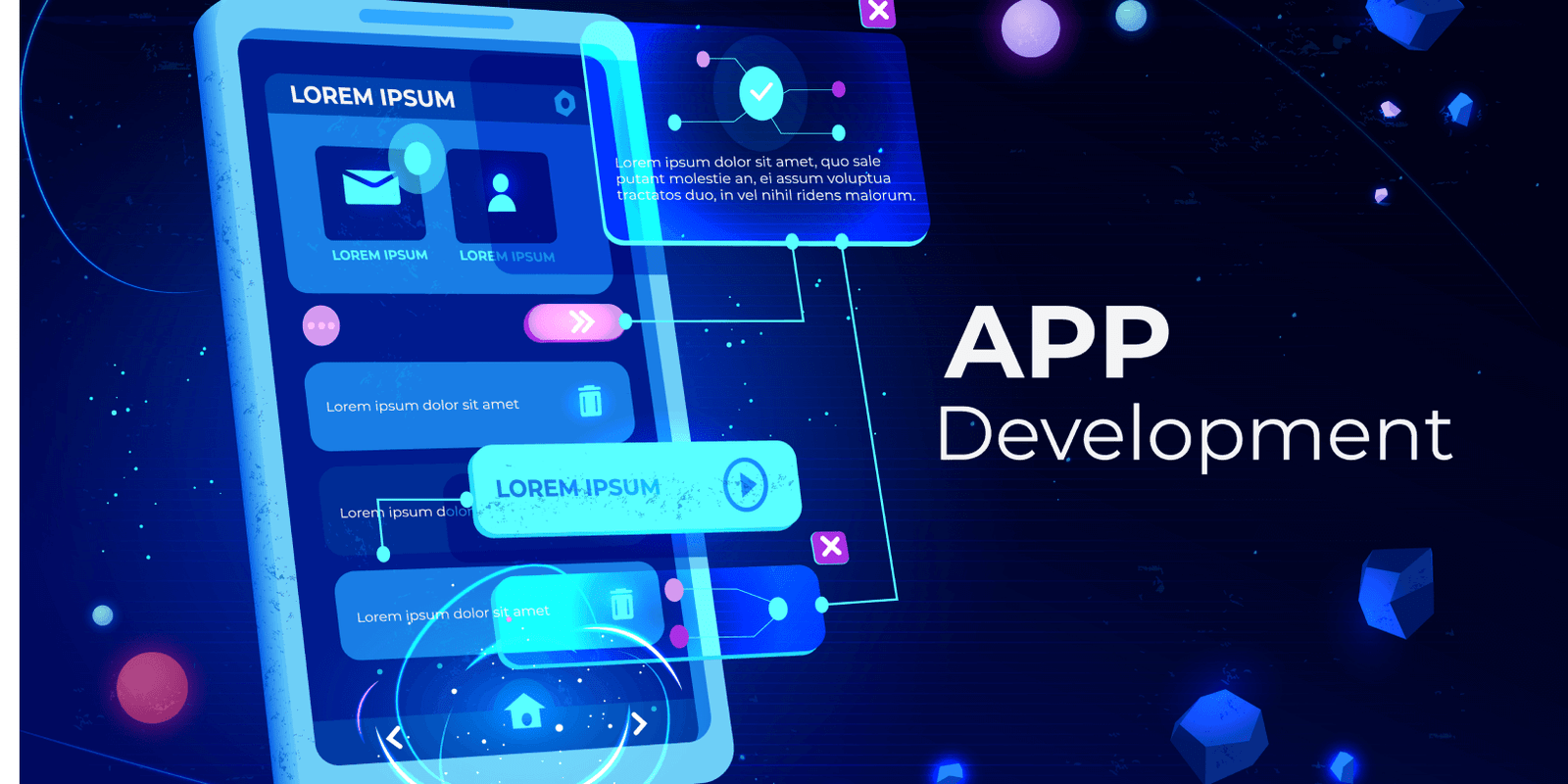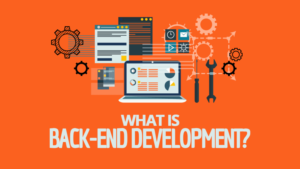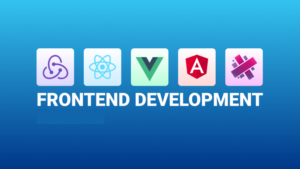Introduction
In a world where mobile devices dominate, mobile app developers play a crucial role in creating applications that power smartphones and tablets. If you’re excited about developing innovative apps and reaching millions of users, this guide will help you embark on your journey to becoming a successful mobile app developer.
What is Mobile App Development?
Mobile app development involves designing, building, and maintaining applications for mobile platforms like Android and iOS.
Types of Mobile Applications:
- Native Apps: Built specifically for a platform using tools like Java/Kotlin (Android) or Swift (iOS).
- Cross-Platform Apps: Developed using frameworks like React Native or Flutter, allowing a single codebase for both Android and iOS.
- Web Apps: Browser-based apps optimized for mobile devices, built with HTML, CSS, and JavaScript.
Examples of Mobile Apps:
- Social Media: Instagram, Snapchat.
- E-commerce: Amazon, eBay.
- Utility: Uber, Google Maps.
Why Choose Mobile App Development?
- High Demand: The global app economy is booming, with developers in constant demand.
- Creative Freedom: Build apps that solve problems or entertain users.
- Lucrative Career: Developers earn competitive salaries, with average annual earnings ranging from $80,000 to $150,000.
Skills Required for Mobile App Development
Programming Languages:
- Android Development: Learn Java or Kotlin.
- iOS Development: Master Swift or Objective-C.
- Cross-Platform Development: Use Dart (Flutter) or JavaScript (React Native).
Mobile Frameworks and Tools:
- Android Studio: Official IDE for Android.
- Xcode: Official IDE for iOS.
- Flutter: Framework for building cross-platform apps.
- React Native: Popular framework for creating mobile apps with JavaScript.
Other Essential Skills:
- UI/UX Design: Understand mobile-friendly layouts, navigation, and responsiveness.
- APIs: Integrate third-party APIs like Google Maps, Firebase, or RESTful APIs.
- Version Control: Use Git to manage code changes.
- Testing and Debugging: Ensure apps are bug-free with tools like Espresso (Android) or XCTest (iOS).
How to Become a Mobile App Developer in 9 Months
Month 1–3: Learning the Basics
Goals: Build a solid foundation in mobile development basics.
- Choose a Platform: Start with Android, iOS, or a cross-platform framework like Flutter.
- Learn the Language:
- For Android: Start with Java or Kotlin.
- For iOS: Learn Swift.
- For Cross-Platform: Explore Dart for Flutter or JavaScript for React Native.
- Practice UI/UX Design Principles:
- Learn the basics of material design (Android) or human interface guidelines (iOS).
Projects to Build:
- Basic Calculator App
- Simple To-Do List App
Month 4–5: Building Intermediate Skills
Goals: Create more complex apps with dynamic functionality.
- Database Integration:
- Learn SQLite or Room (Android).
- Explore Core Data or Realm (iOS).
- API Integration:
- Use RESTful APIs to fetch and display data in your apps.
- Practice working with JSON data.
- Testing and Debugging:
- Use unit testing frameworks to ensure your app’s quality.
Projects to Build:
- Weather App: Fetch weather data using a public API.
- Notes App: Save notes locally with database integration.
Month 6–7: Advanced Topics
Goals: Develop apps with professional features and performance optimizations.
- Authentication and User Management:
- Implement sign-up, login, and authentication using Firebase or OAuth.
- Advanced Features:
- Push notifications.
- Use device features like GPS, camera, or accelerometer.
- Cross-Platform Development:
- Experiment with Flutter or React Native if you started with native development.
Projects to Build:
- E-Commerce App: Features include a product catalog, cart, and checkout.
- Fitness Tracker: Tracks steps or exercises using device sensors.
Month 8: Deployment and Publishing
Goals: Learn how to deploy and publish your apps on app stores.
- Optimize Apps for Performance:
- Reduce load times and optimize UI responsiveness.
- App Store Publishing:
- Publish apps on Google Play Store or Apple App Store.
- App Monetization:
- Explore in-app purchases, ads, or subscription models.
Month 9: Portfolio Projects and Specialization
Goals: Build standout portfolio projects and specialize in a specific domain.
- Portfolio Projects:
- Social Media App: Features include user authentication, posting, and commenting.
- Travel App: Integrates Google Maps and location-based services.
- Specialization:
- Choose a niche, such as gaming, e-commerce, or health apps.
Recommended Resources
Books:
- “Kotlin for Android Developers” by Antonio Leiva
- “Swift Programming: The Big Nerd Ranch Guide” by Matthew Mathias
Online Courses:
- CS50’s Mobile App Development with React Native: Learn to build cross-platform apps.
- The Complete Android Developer Course
- Flutter Development Bootcamp
YouTube Channels:
- Traversy Media: Mobile app tutorials.
- Academind: Great for React Native and Flutter.
Free Platforms:
- Google Developers: Official Android resources.
- Apple Developer: Official iOS resources.
Tools Every Mobile Developer Should Know
- IDE: Android Studio (Android) or Xcode (iOS).
- APIs: Firebase, Google Maps API.
- Testing: Espresso (Android), XCTest (iOS).
- UI Libraries: Material Design, SwiftUI.
Conclusion
Mobile app development is a rewarding career that combines creativity and technical expertise. Whether you choose to specialize in Android, iOS, or cross-platform development, the skills you acquire will open doors to countless opportunities in the growing app economy.
Start today and build your first app! Let us know if you need guidance or have questions.




